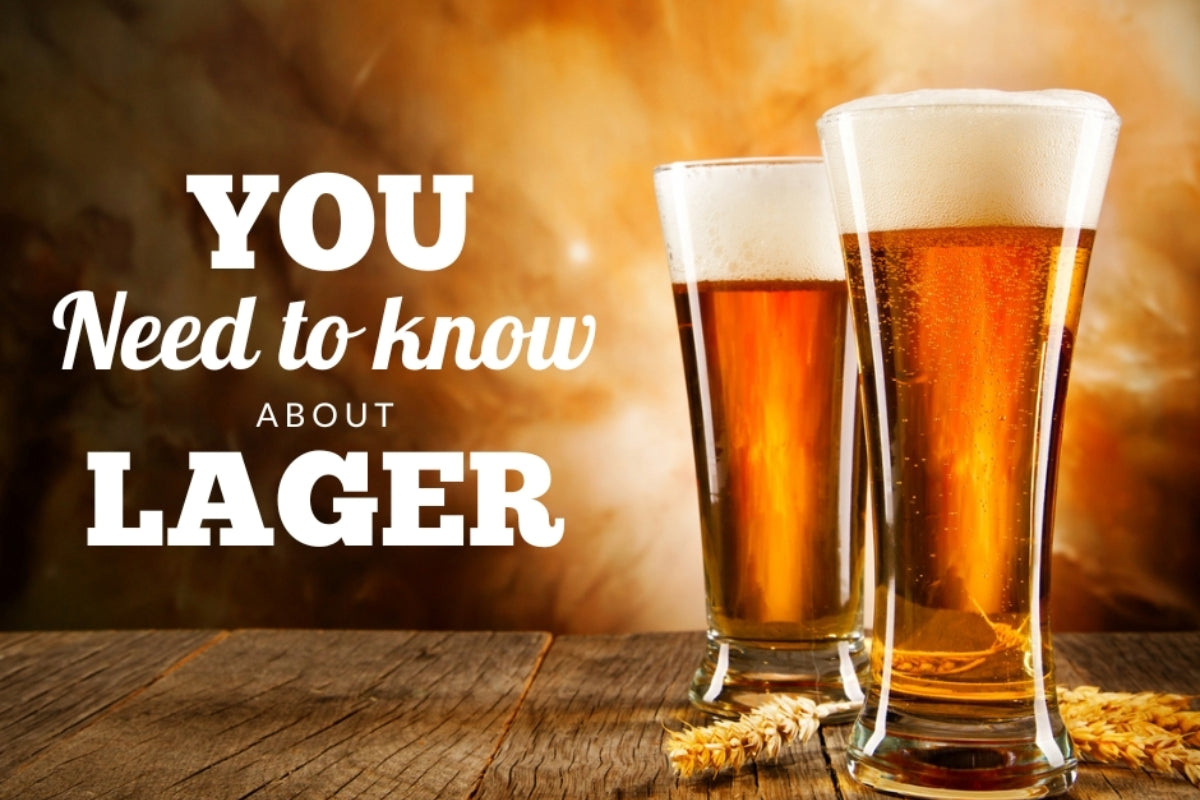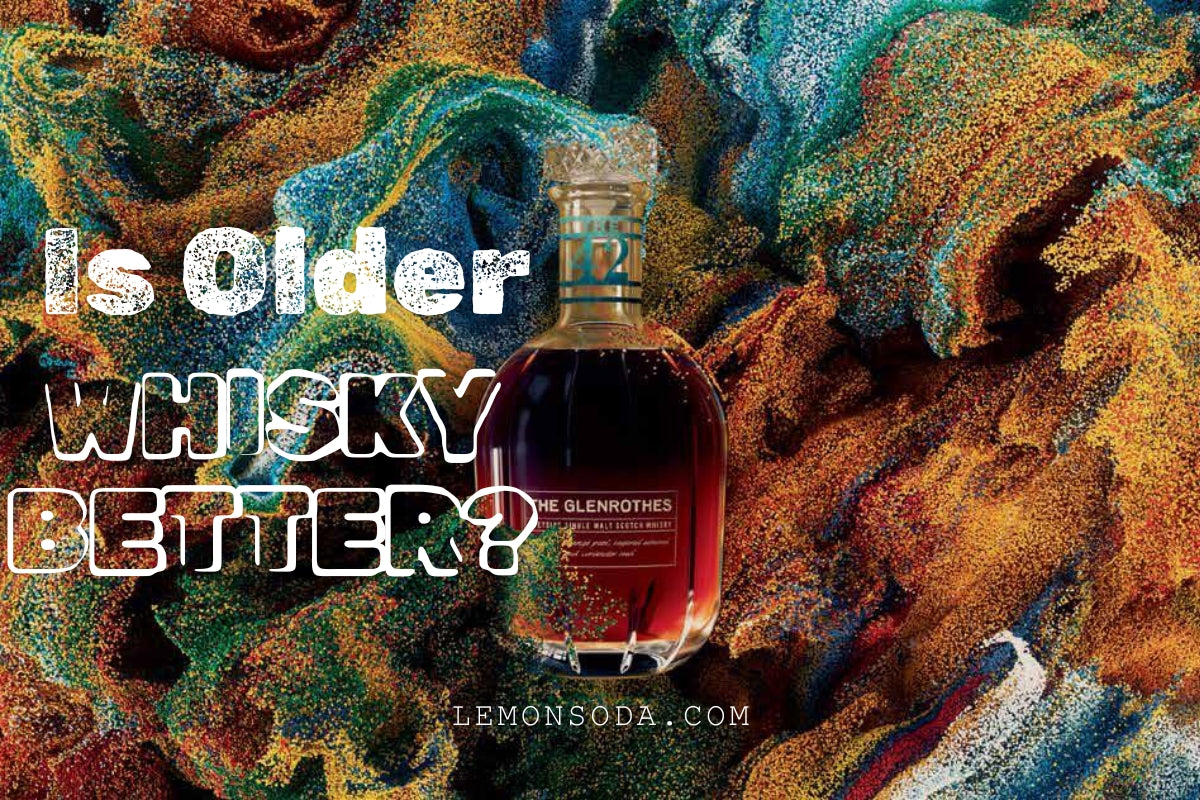
Everything You Need to Know About Lager
Beer lovers, rejoice! Among the myriad of beer varieties, one stands out as a fan favorite: lager. This beloved drink is a type of beer that undergoes fermentation and conditioning at low temperatures. The word "lager" hails from the German "lagern," meaning "to store," and true to its name, lager is celebrated for its crisp and clean taste, winning the hearts of beer enthusiasts around the globe.
The foundation of any lager includes four primary ingredients: malted barley, water, hops, and yeast. Each of these components plays a critical role in shaping the beer's flavor, aroma, and appearance. Malted barley provides the sugars needed for fermentation, water quality and mineral content significantly affect the taste, hops add bitterness and aroma, and yeast ferments the sugars, producing alcohol and carbonation
How Is Lager Made?
Understanding what makes lager so special starts with its unique brewing process.
Lager's journey begins with the fermentation of malted barley, water, hops, and yeast. The defining factor is the cooler fermentation temperatures, typically ranging between 44-55°F (7-13°C). This slower fermentation process allows for a smoother, cleaner taste, creating the signature profile that lager lovers crave.
The extended lagering period also enhances the carbonation of the beer, creating a lively and effervescent final product. The natural carbonation that develops during this stage contributes to the beer's refreshing quality, making it a popular choice among beer enthusiasts. After the lagering process is complete, the beer is filtered (if necessary), packaged, and ready for distribution. The careful control and precision at each stage of the brewing process are what make lagers stand out. From selecting the best ingredients to the meticulous fermentation and maturation stages, every step is designed to produce a beer that is smooth, clean, and highly drinkable.
What Makes Lager Unique?
A critical element that sets lager apart is the yeast used in its production.
Lager is brewed with bottom-fermenting yeast, scientifically known as Saccharomyces pastorianus. Unlike other yeasts, this one settles at the bottom of the fermentation vessel, leading to a longer, cooler fermentation process. This results in a mild, crisp flavor that is quintessential to lagers.
The slower fermentation process afforded by the bottom-fermenting yeast allows for the production of fewer esters and phenols. Esters are compounds that can give beer fruity or floral aromas, while phenols can impart spicy or clove-like flavors. While these characteristics can be desirable in ales, they are generally not sought after in lagers. The reduced presence of these compounds in lagers contributes to their smooth, clean taste, making them highly drinkable and refreshing.
Furthermore, the cool fermentation temperatures help to limit the production of fusel alcohols, which are higher alcohols that can impart harsh, solvent-like flavors. By minimizing these undesirable flavors, lagers achieve a purity and balance that are highly prized among beer enthusiasts. The yeast strain Saccharomyces pastorianus is particularly adept at thriving in these cooler environments, effectively converting the fermentable sugars into alcohol and carbon dioxide while maintaining a clean profile.
The Importance of Maturation
The maturation stage of lager production is just as crucial as the fermentation process. After fermentation, the young beer, often referred to as "green beer," undergoes a significant transformation during the lagering phase. Lagering is the period where the beer is stored in cold conditions, typically just above freezing, ranging from 32-40°F (0-4°C). This process can last anywhere from several weeks to several months, depending on the desired characteristics of the final product.
During this extended cold storage, several important changes occur that enhance the beer's quality and drinkability. First, the cold temperatures cause any remaining yeast and other particulates to settle out of the beer, resulting in a clearer, brighter appearance. This natural clarification process eliminates the need for filtration and ensures a visually appealing final product.
Lagering not only impacts the flavor and clarity of the beer but also its mouthfeel. The extended cold storage period enhances the beer's carbonation, leading to a more effervescent and refreshing drink. The combination of a crisp, clean flavor profile with a lively carbonation creates a beer that is both satisfying and easy to drink
Types of Lager
Lager isn't just one-size-fits-all; it comes in several varieties that cater to different tastes.
- Pale Lagers: Light in color and flavor, perfect for a refreshing drink.
- Amber Lagers: Offer a richer color and a slightly more robust flavor.
- Dark Lagers: Deep in color with a more intense flavor profile.
Each type offers a unique experience, ensuring there's a lager for every palate.
Food Pairings and Enjoyment
Lager's crisp and clean nature makes it an excellent companion for a wide variety of dishes.
Whether you're indulging in classic pub fare or savoring spicy cuisine, lager’s refreshing qualities can enhance and complement diverse flavors, making it a versatile choice for any meal.
Conclusion
Lager beer stands as a testament to the artistry of brewing. From its unique fermentation process with bottom-fermenting yeast to the patient maturation in cold conditions, lager offers a refreshing and satisfying drinking experience that is hard to beat.
Ready to elevate your beer game? Explore our wide selection of lagers glasses at Lemonsoda.com and discover the refreshing goodness that awaits you. Cheers to finding your perfect pint!




Leave a comment
This site is protected by hCaptcha and the hCaptcha Privacy Policy and Terms of Service apply.